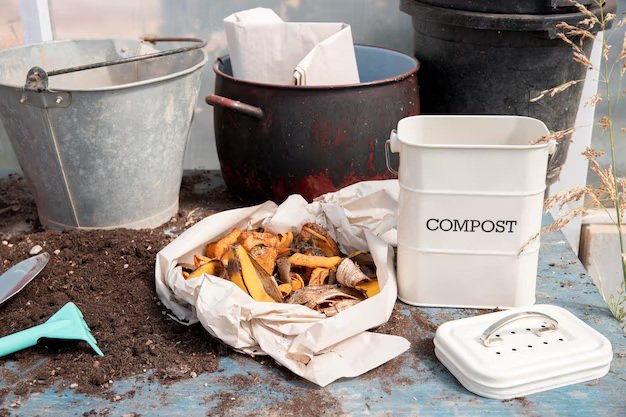What Plants Not to Use Neem Oil On
Neem oil is a favourite among gardeners for its natural ability to fight off pests and diseases. Extracted from the seeds of the neem tree (Azadirachta indica), it’s often considered a safer alternative to synthetic pesticides. But like any garden remedy, it’s not foolproof. When used incorrectly, neem oil can do more harm than good. This guide will walk you through when and why neem oil might not be the best choice, helping you protect your plants and avoid common mistakes.

In This Article
- Why Neem Oil Can Be Harmful: Understanding the Basics
- Plants Known to React Poorly to Neem Oil
- Summary Table: Common Plants to Avoid Spraying with Neem Oil
- Scientific Research on Neem Oil Sensitivity
- Case Study: Neem Oil and Tomato Plants
- Application Mistakes to Avoid
- Better Alternatives for Sensitive Plants
- Conclusion
Why Neem Oil Can Be Harmful: Understanding the Basics
Neem oil works by disrupting the life cycles of insects and coating soft-bodied pests like aphids, effectively suffocating them. However, it doesn’t always play nicely with plants. Under certain conditions, neem oil can cause phytotoxicity—essentially, plant damage caused by chemicals.
Signs of Phytotoxicity
When plants react badly to neem oil, you might notice:
- Leaf burn or browning: Leaves may develop scorched edges or spots.
- Wilting or drooping: Plants can appear limp or lifeless.
- Stunted growth: New growth may be slow or deformed.
- Spotting or blotchy leaves: Irregular patches can appear on foliage.
Factors That Increase Risk
Several factors can make plants more susceptible to neem oil damage:
- Plant sensitivity: Some plants, like herbs (e.g., basil, cilantro) and leafy greens (e.g., spinach, lettuce), have delicate leaves that are more prone to damage from neem oil.
- High temperatures: Applying neem oil when temperatures exceed 85°F (29°C) can increase the risk of leaf burn, especially if applied during the hottest part of the day.
- Sun exposure: Spraying neem oil in direct sunlight can cause the oil to heat up and damage plant tissues.
Plants Known to React Poorly to Neem Oil
1. Herbs with Delicate Leaves: Basil, Cilantro, Parsley, Dill
These kitchen staples have soft, tender leaves that are easily overwhelmed by neem oil’s coating. The oil can suffocate their surfaces, causing wilting or browning.
Gardeners have reported that even light applications can cause damage. For instance, one gardener on Reddit noted that neem oil often burns basil leaves, as it pools at the tips, making it hard to avoid damage.
Alternative Tip: Try neem leaf tea or garlic-infused water as a gentler pest deterrent.

2. Leafy Greens: Lettuce, Spinach, Arugula
These salad favourites are especially sensitive to neem oil. Their thin leaves can easily burn or develop brown spots when sprayed, especially under sunlight.
Experts advise caution. One gardener emphasised that you are not supposed to use neem oil on any herbs, or any plants with wispy or delicate leaves like arugula, lettuce, peas, or spinach.
Pro Tip: Apply neem oil in the early morning or late evening to minimise the risk of leaf damage from sunlight.

3. Succulents and Cacti
Succulents and cacti have waxy or fleshy surfaces that don’t interact well with oils. Neem oil can block their pores, interfering with water retention and leading to tissue damage.
A gardener shared their experience, noting that although neem oil is typically considered safe for plants like cacti, it led to a severe reaction in their case. Within three days, the areas exposed to the highest concentration of the oil began to show signs of tissue death and blackening.
Better Option: Use insecticidal soap or manual removal for pests on succulents and cacti.
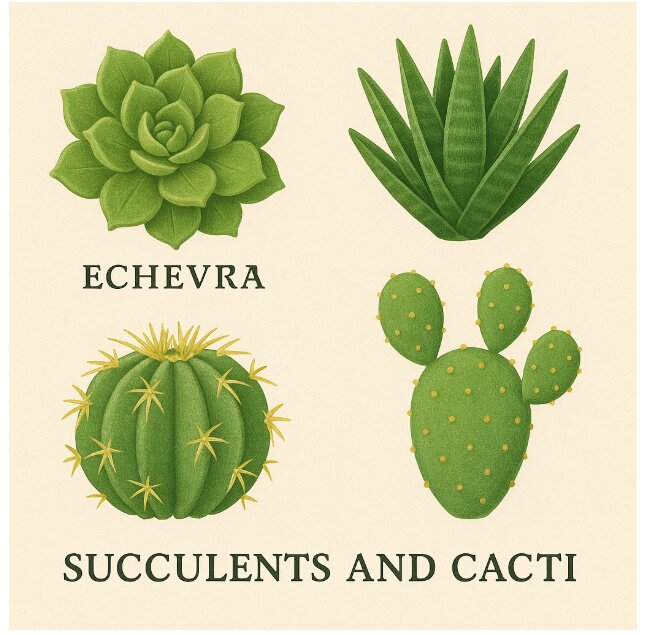
Learn More: What Are Nasturtium Plants?
4. Ferns and Tropical Houseplants: Boston Fern, Maidenhair Fern, Peace Lily
These plants have feathery or broad leaves that are prone to scorching and damage from oil residues. Neem oil can leave marks that affect photosynthesis and may lead to fungal infections in humid environments.
Care Tip: Opt for neem oil alternatives like insecticidal soap or neem leaf tea for these sensitive plants.
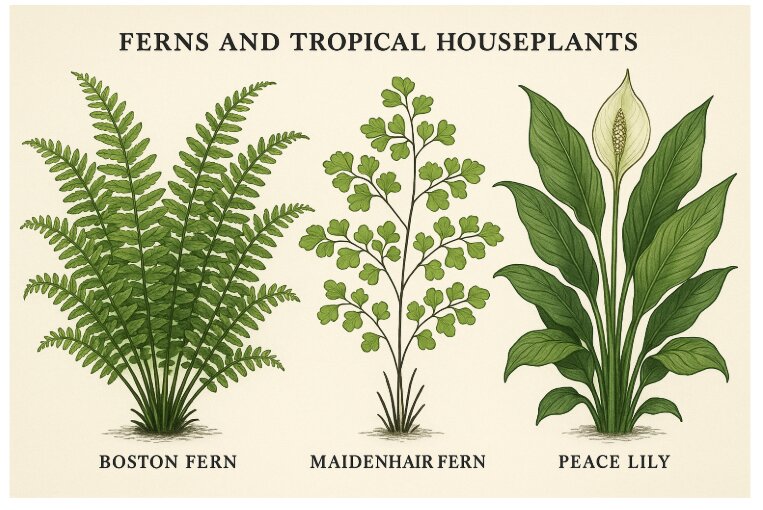
5. Maranta Family: Prayer Plants, Calatheas, Stromanthe
These tropical plants are sensitive to both oil and water spotting, and neem oil may cause leaf discolouration, browning, or even burn-like damage on their delicate foliage, especially when applied in high concentrations or under direct sunlight.
A gardener on Greg App explained that Maranta leaves have a slight velvety texture and advised against using neem oil on that surface, noting that neem is more suitable for polishing than just protecting from pests, and such textures don’t respond well to it.
Alternative Approach: Use a mild soap solution or neem leaf tea, and increase humidity to help the plant recover.
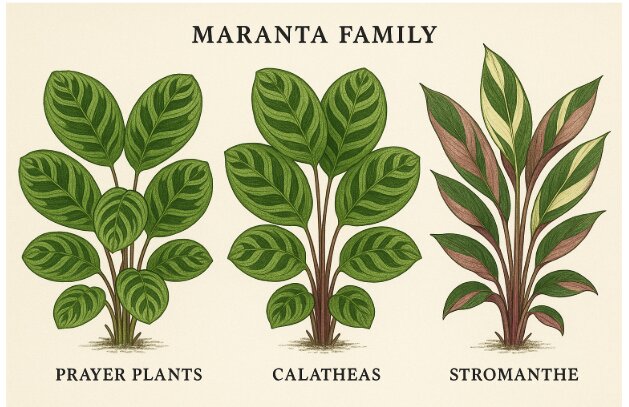
6. Seedlings and Young Plants
Immature plants have thinner cell walls and are still establishing root systems, making them highly vulnerable to damage. Applying neem oil in high concentrations can harm sensitive young plant tissue, potentially causing it to burn.
One gardener admitted that they had accidentally damaged several important seedlings by using neem oil that was far too concentrated, although they were relieved that two of the plants managed to survive.
Best Practice: Test a small area before full application and use the minimum recommended amount.
7. Orchids
Many orchid enthusiasts recommend avoiding neem oil due to the delicate nature of the blooms and leaves. Neem applications can increase leaf blemishes and reduce blooming rates in Phalaenopsis orchids.
The American Orchid Society notes that while neem oil can be used as a natural leaf polish, it should be applied with caution to avoid damaging the plant’s surface
Recommendation: Use neem oil sparingly and avoid spraying directly on blooms.
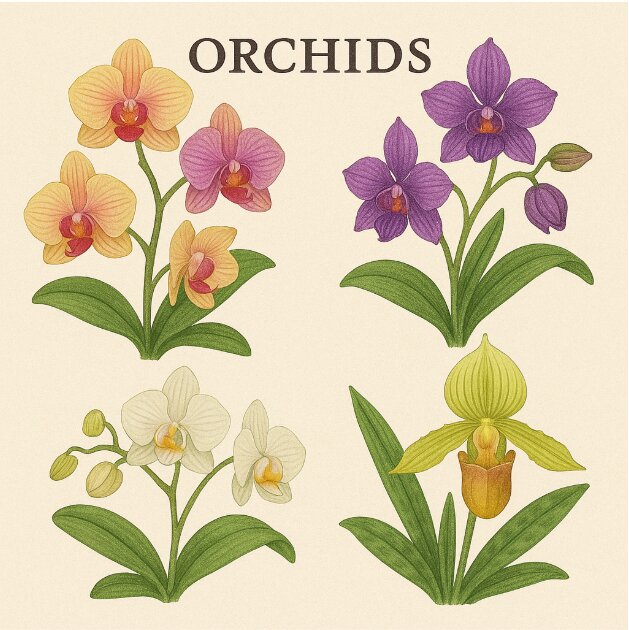
8. Fuzzy-Leaved Plants: Sage, Lamb’s Ear, African Violets
The fuzzy texture of these plants traps the oil, leading to clogged stomata and leaf burn. African violets, for instance, are notoriously sensitive to foliar sprays of any kind.
According to a discussion on Tapatalk.com, a gardener noted that multiple users had shared negative experiences with neem oil, raising concerns about its potential to harm plant collections, including instances where African violets were reportedly severely damaged or even killed after its use.
Safer Choice: Avoid using neem oil on fuzzy-leaved plants. Instead, opt for gentle cleaning methods or insecticidal soaps.
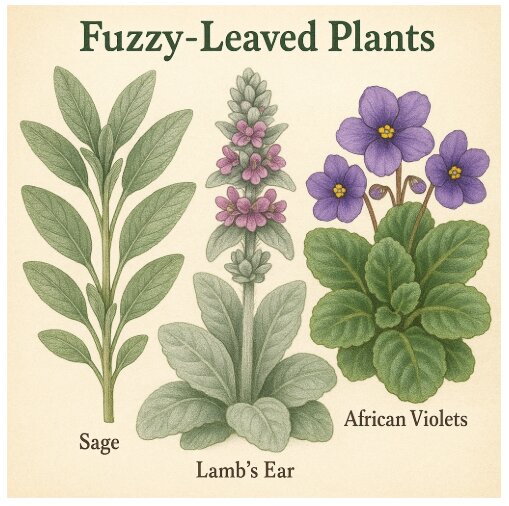
Learn More: How to Plant and Grow Garlic
Summary Table: Common Plants to Avoid Spraying with Neem Oil
| Plant Type | Examples | Risk Level | Alternative Solutions |
|---|---|---|---|
| Delicate Herbs | Basil, cilantro, dill | High | Companion planting, neem tea, garlic spray |
| Leafy Greens | Lettuce, spinach, arugula | High | Row covers, early/late application, garlic spray |
| Succulents & Cacti | Aloe, jade, echeveria | Medium | Insecticidal soap, hand removal |
| Tropical Houseplants | Ferns, orchids, peace lily | High | Neem leaf tea, insecticidal soap, sticky traps |
| Maranta Family | Prayer plants, calatheas, stromanthe | High | Mild soap, humidity control |
| Seedlings & Young Plants | Any variety | High | Wait until mature, isolate pests |
| Orchids | Phalaenopsis, Cattleya | High | Light polish only, avoid spraying blooms |
| Fuzzy-Leaved Plants | Sage, lamb’s ear, African violets | High | Gentle cleaning, insecticidal soap |
Scientific Research on Neem Oil Sensitivity
Scientific studies have shed light on the potential risks associated with neem oil, particularly regarding plant sensitivity and the conditions that can exacerbate its impact on plant health.
A study published in Crop Protection investigated the phytotoxic effects of neem extracts on various crops. The research revealed that neem extracts significantly inhibited the germination and growth of several plants, including lettuce, alfalfa, beans, carrots, radishes, rice, and sesame. The study highlighted that higher concentrations of neem bark and leaf extracts led to greater phytotoxic effects, such as reduced seedling length and plant emergence.
Another study focused on the allelopathic properties of neem leaves, identifying compounds like Nimbolide B and Nimbic Acid B as phytotoxic substances. These compounds were found to inhibit root and shoot growth in various plant species, including lettuce. The study emphasised that increasing the concentration of neem leaf extracts resulted in a more significant inhibition of plant growth.
Regarding the phototoxic effects of neem oil, research has shown that azadirachtin-A, a key component of neem oil, undergoes photodegradation when exposed to UV light. A study published in the Journal of Environmental Science and Health found that the half-life of azadirachtin-A under UV light was approximately 48 minutes. The study also noted that the presence of certain fatty acids and oils could influence the rate of photodegradation, potentially affecting the efficacy and safety of neem-based products.
Case Study: Neem Oil and Tomato Plants
Although tomatoes aren’t typically classified among plants highly sensitive to neem oil, real-world experiences indicate that improper use can lead to unintended consequences. In many cases, gardeners apply neem oil to tomato plants during midday, and by the following day, the top leaves may appear curled and whitened, mimicking symptoms of a viral infection. This reaction is often the result of sunburn, caused by the oil acting as a magnifying agent under intense sunlight. Such incidents highlight the importance of applying neem oil at the appropriate time.
Application Mistakes to Avoid
- Spraying in Full Sunlight: The University of Maryland Extension advises applying horticultural oils, including neem oil, when temperatures are below 85°F (29°C) to reduce the risk of phytotoxicity. It’s best to apply during the early morning or late evening hours.
- Overconcentration: More isn’t always better. Using neem oil at concentrations higher than recommended can harm your plants. The EPA-approved label for GreeNeem® Neem Oil suggests a 0.5% solution for general use and warns against exceeding 1.1% to prevent leaf damage.
- No Spot Test: Before treating your entire plant, test the neem oil solution on a small section. This helps ensure your plant won’t have an adverse reaction.
- Using Old Neem Oil: Neem oil degrades over time, especially when exposed to heat. A study found that azadirachtin A, the active component in neem oil, degrades significantly under high temperatures. For best results, use neem oil within 6 months of opening and store it in a cool, dark place.
Tips:
- Dilute with warm water and mild soap (non-detergent)
- Shake often during application
- Reapply every 7-10 days only if needed
- Store in a cool, dark place
Better Alternatives for Sensitive Plants
- Garlic and Chilli Sprays: For herbs like basil, mint, or cilantro, a homemade garlic and chilli spray can be a game-changer. These natural ingredients contain compounds that deter pests such as aphids, whiteflies, and spider mites. Gardeners have found that applying this spray twice a week in the late afternoon can effectively reduce aphid populations without harming the plants.
- Neem Cake for Soil Pests: If you’re dealing with soil-dwelling pests like fungus gnats or root nematodes, neem cake—a byproduct of neem oil extraction—can be beneficial. When mixed into the soil, neem cake releases compounds that deter harmful insects without affecting the plant’s foliage. Gardeners have reported success in using neem cake to control fungus gnats and improve soil health.
- Beneficial Insects: Introducing beneficial insects like ladybugs and lacewings can naturally control pest populations. Ladybugs, for instance, can consume thousands of aphids in their lifetime, providing long-term pest control without the need for chemical sprays.
- Sticky Traps: For flying pests such as whiteflies and fungus gnats, yellow sticky traps are an effective, non-toxic solution. These traps attract and capture pests, helping to monitor and reduce their populations, especially in indoor or greenhouse settings
Conclusion
Neem oil is a potent ally in sustainable gardening—but only when used wisely. Recognising which plants can’t handle neem, learning from others’ mistakes, and paying attention to timing and concentration can make the difference between a thriving garden and one that struggles.
Actionable Summary:
- Avoid neem on herbs, greens, ferns, succulents, and seedlings
- Always spot test and spray in low-light hours
- Explore gentler alternatives for sensitive plants
- Prioritise plant health and ecosystem balance over quick fixes
By integrating research with lived experience and expert insight, we can wield neem oil as a respectful partner in organic gardening, not a blunt instrument.

